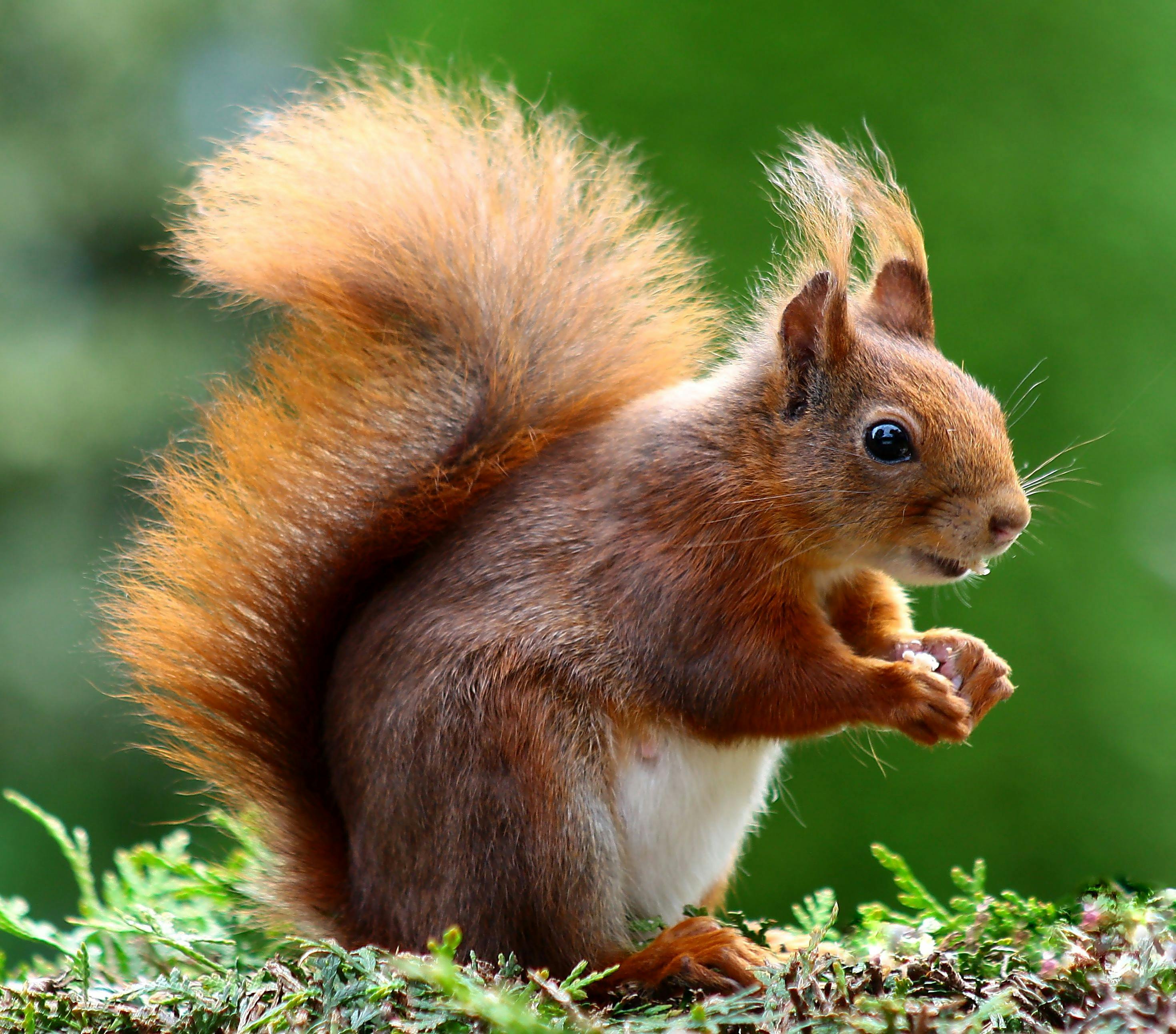Squirrels: Masters of Survival and Adaptation in Urban Jungles
Introduction: Roaming the city streets and parks, squirrels have become a familiar sight in urban landscapes. They captivate us with their agility, charm, and cleverness. But how have these small creatures managed to survive and thrive in our bustling cities? Let's dive into the world of squirrels to understand their remarkable adaptability and survival strategies.

The Intriguing History of Squirrels in Urban Spaces
Squirrels, primarily Eastern gray squirrels, were not always city dwellers. In the 19th century, they were introduced to urban parks as part of a movement to reconnect urbanites with nature. With ample food sources and fewer predators, squirrels thrived and expanded their territories to include city streets and neighborhoods.
Squirrels: The City’s Most Adaptable Residents
Squirrels have shown exceptional adaptability in the face of urbanization. They’ve learned to navigate the city’s vertical landscape, utilizing power lines and fences as makeshift highways. Squirrels also display a flexible diet, easily switching between natural food sources and human-provided offerings.
Squirrel-Proofing Measures and Their Effectiveness
In response to squirrels’ knack for raiding bird feeders and gardens, a range of squirrel-proofing products have hit the market. However, these measures often prove futile, as squirrels continually demonstrate their problem-solving abilities and tenacity.
The Role of Squirrels in Urban Ecosystems
Despite being viewed as pests by some, squirrels play an important role in urban ecosystems. They help in seed dispersal, thus aiding in the growth of plants and trees. Furthermore, they form part of the urban food chain, serving as prey for species like hawks and foxes.
Current Studies and Discoveries about Urban Squirrels
Research on urban squirrels is uncovering fascinating insights into their behavior and adaptability. For instance, studies suggest squirrels may be evolving to become faster and more agile to survive in the city. Scientists are also investigating the impact of urban noise and light pollution on squirrel behavior.
Squirrels’ successful colonization of urban spaces is a testament to their adaptability and resilience. As we continue to share our cities with these fascinating creatures, it’s important to understand and respect their role in our urban ecosystems. Their presence reminds us that even in the heart of concrete jungles, nature finds a way.




